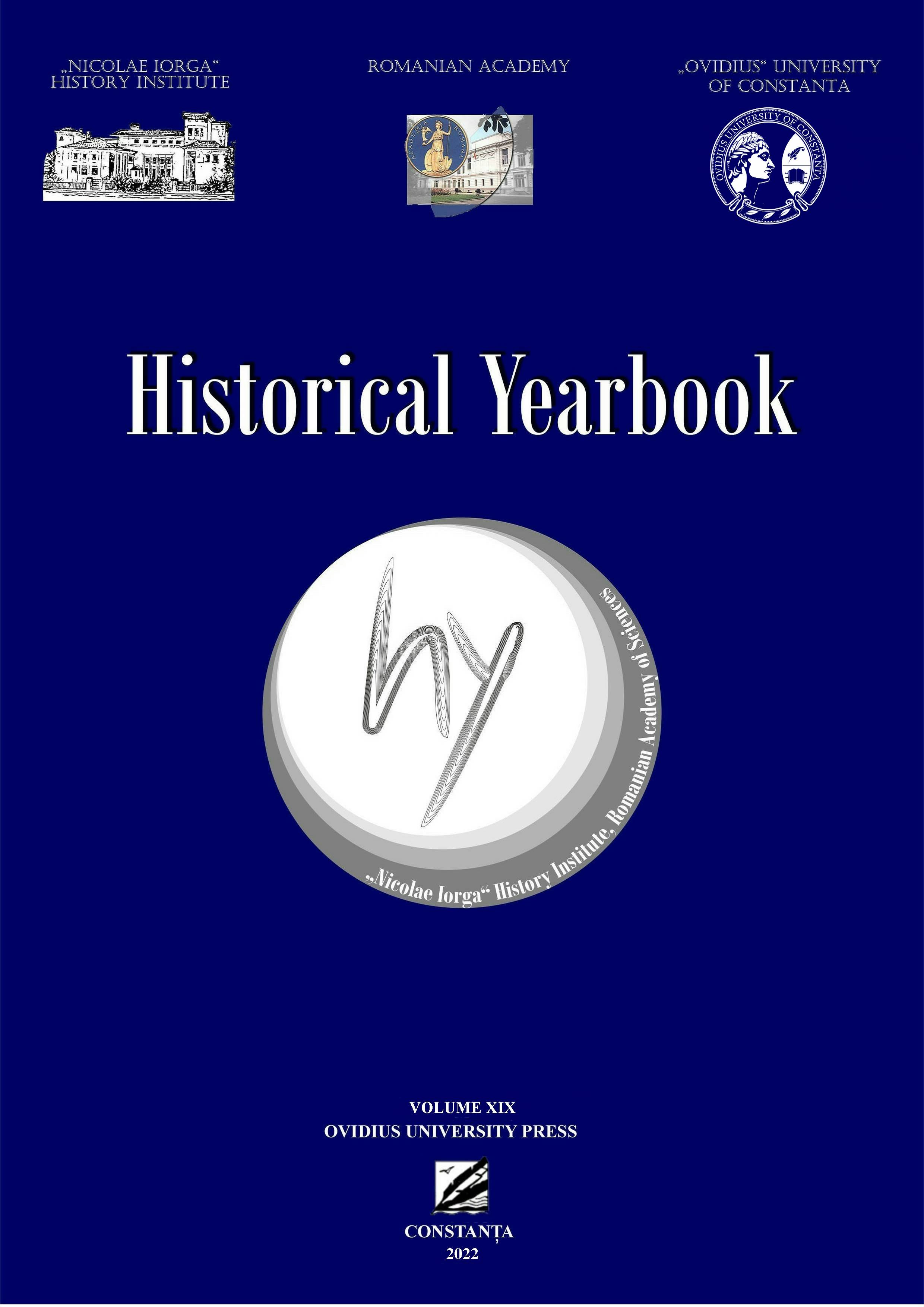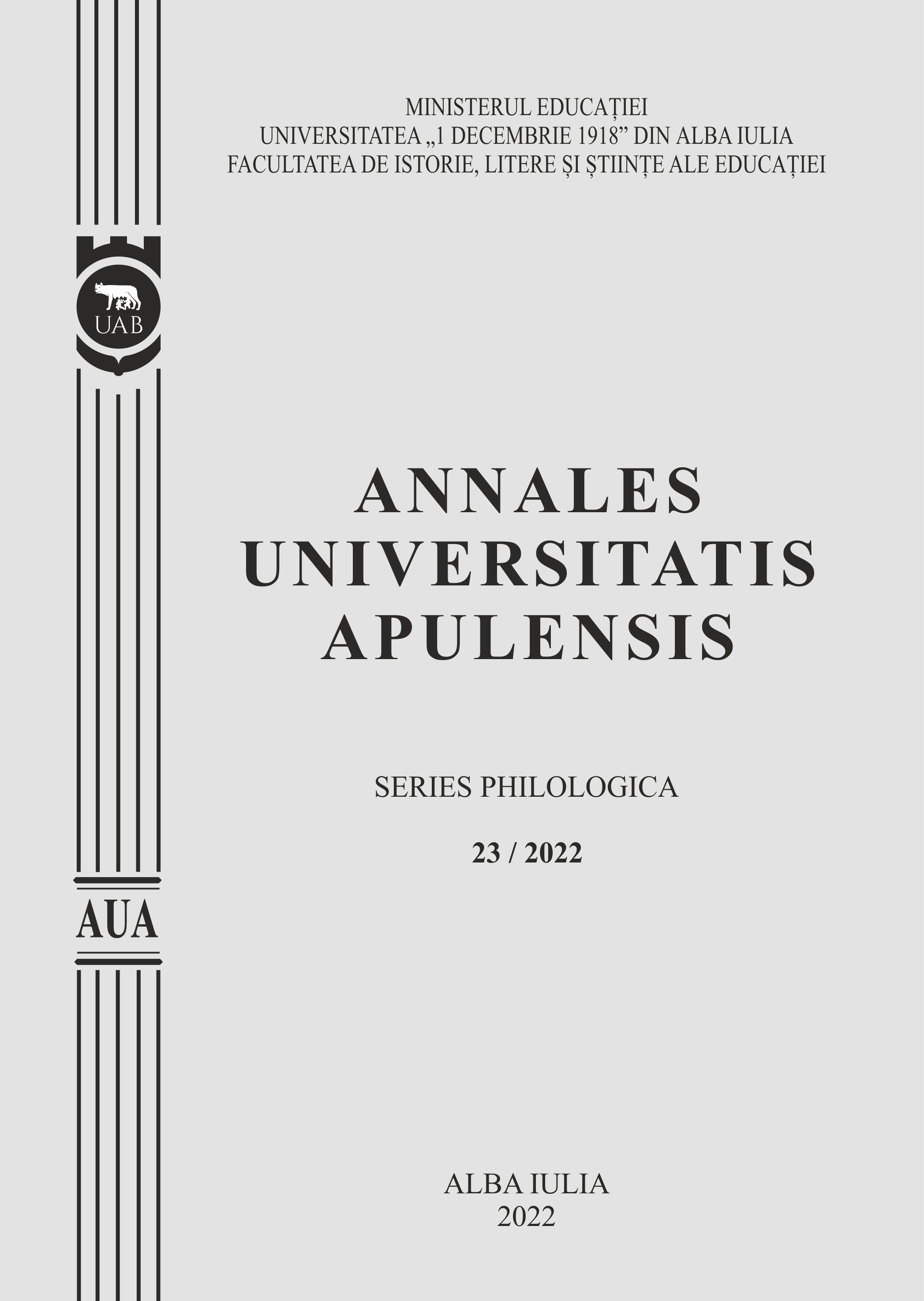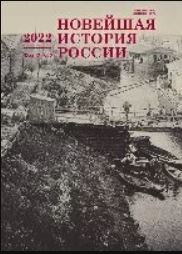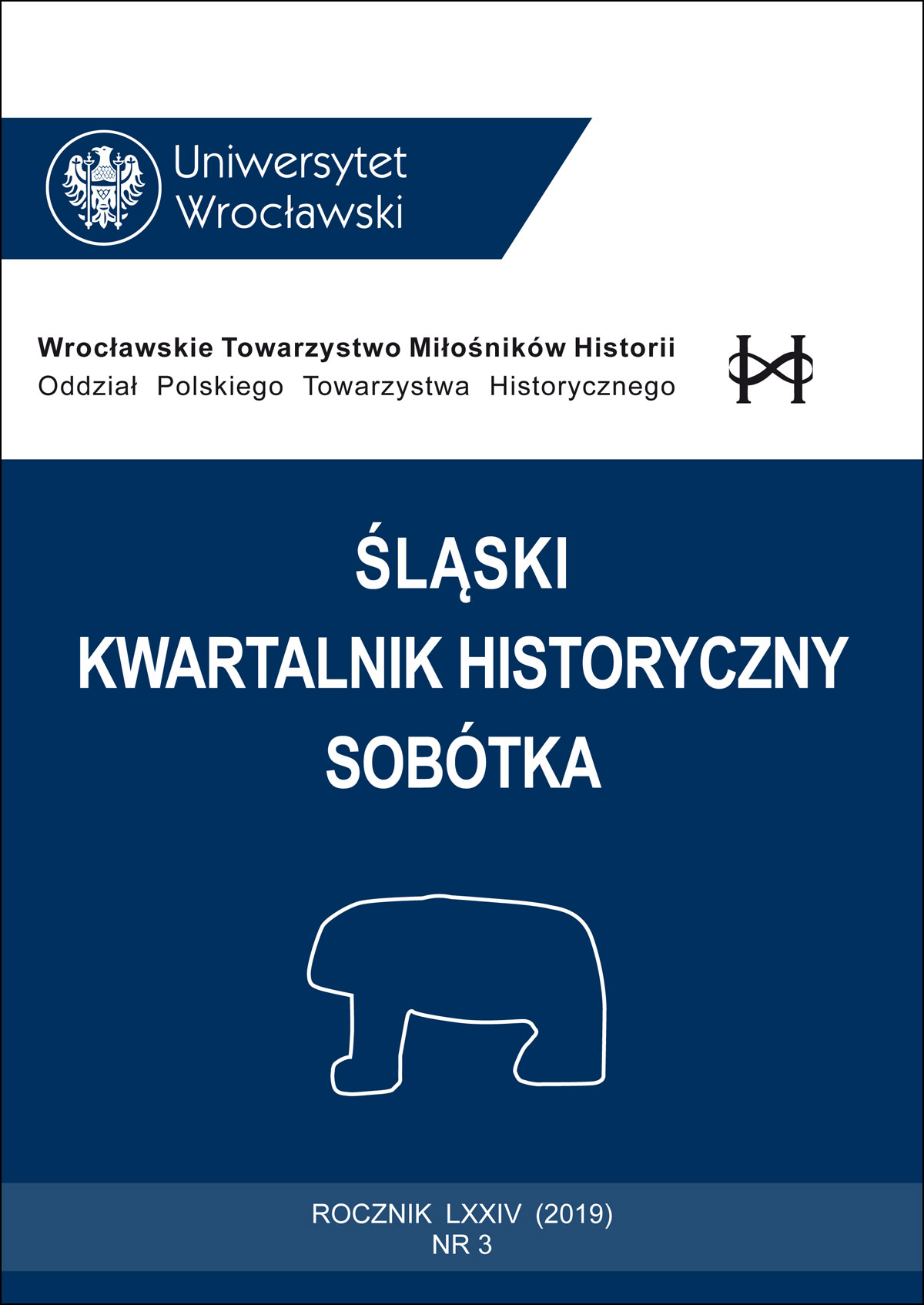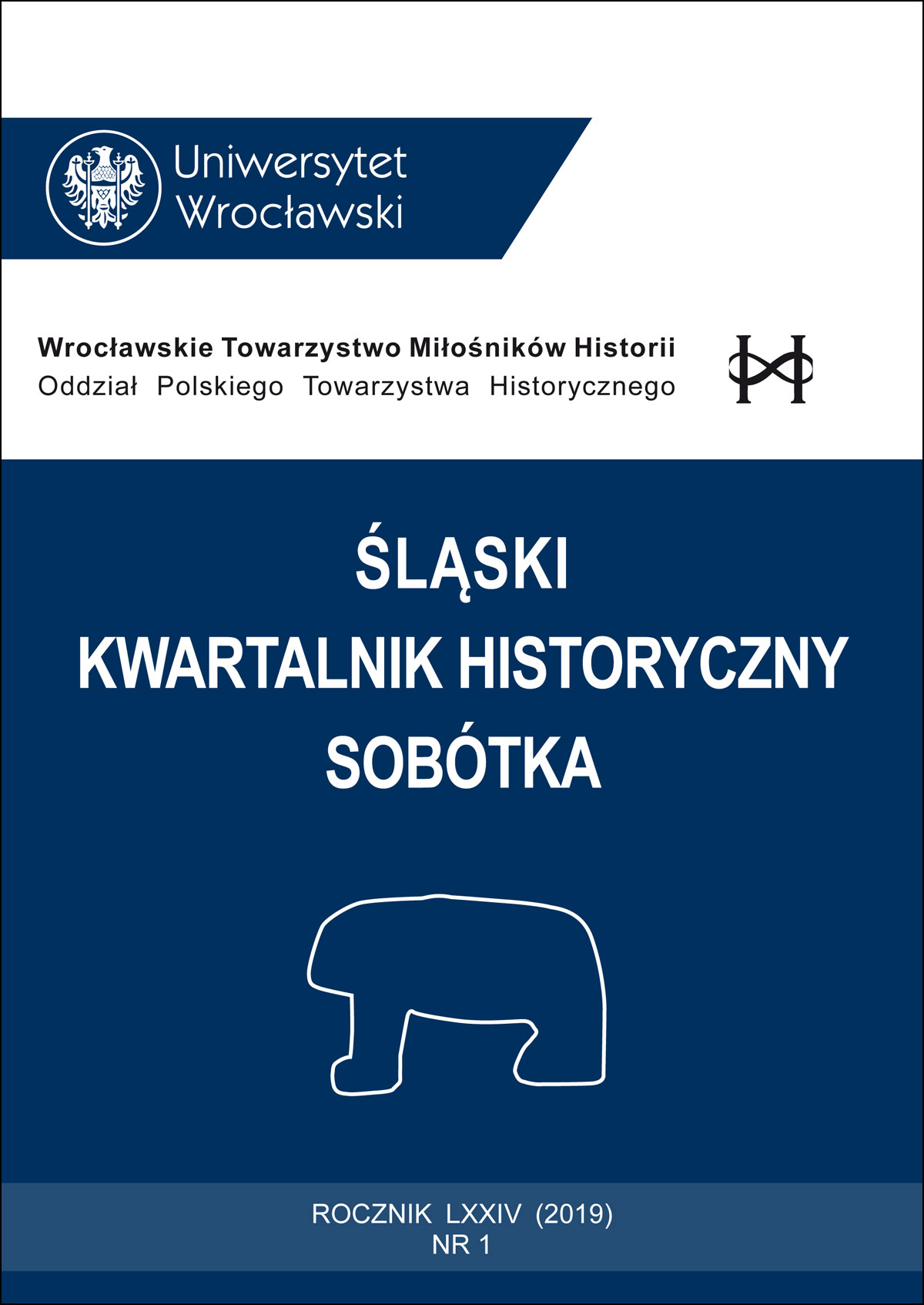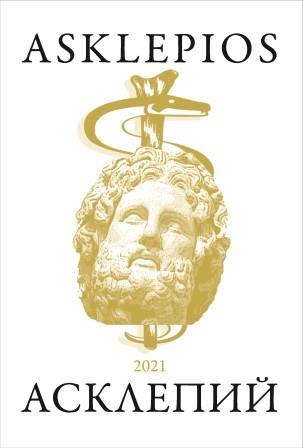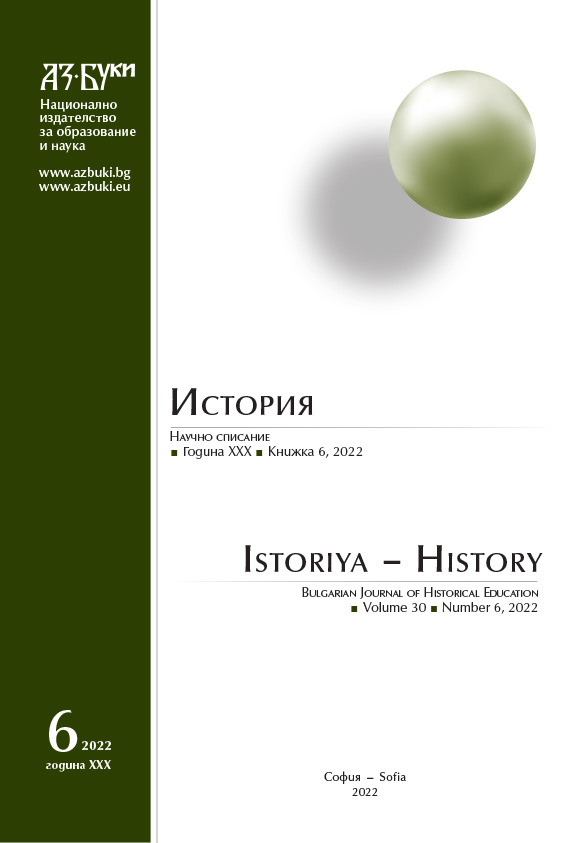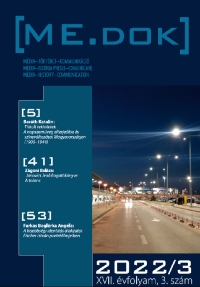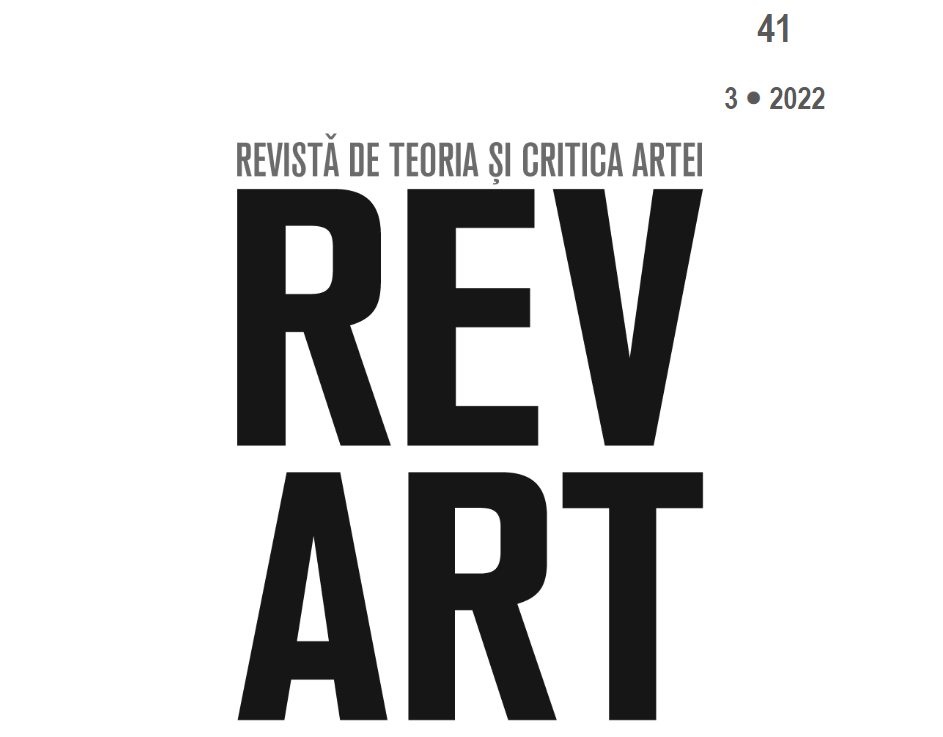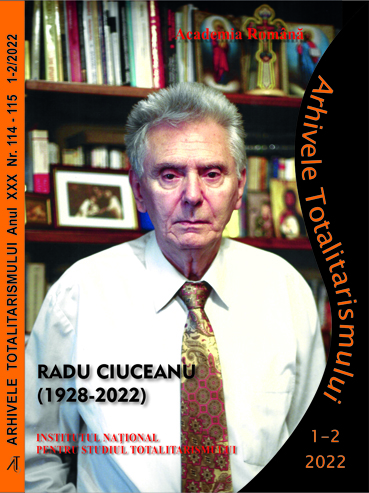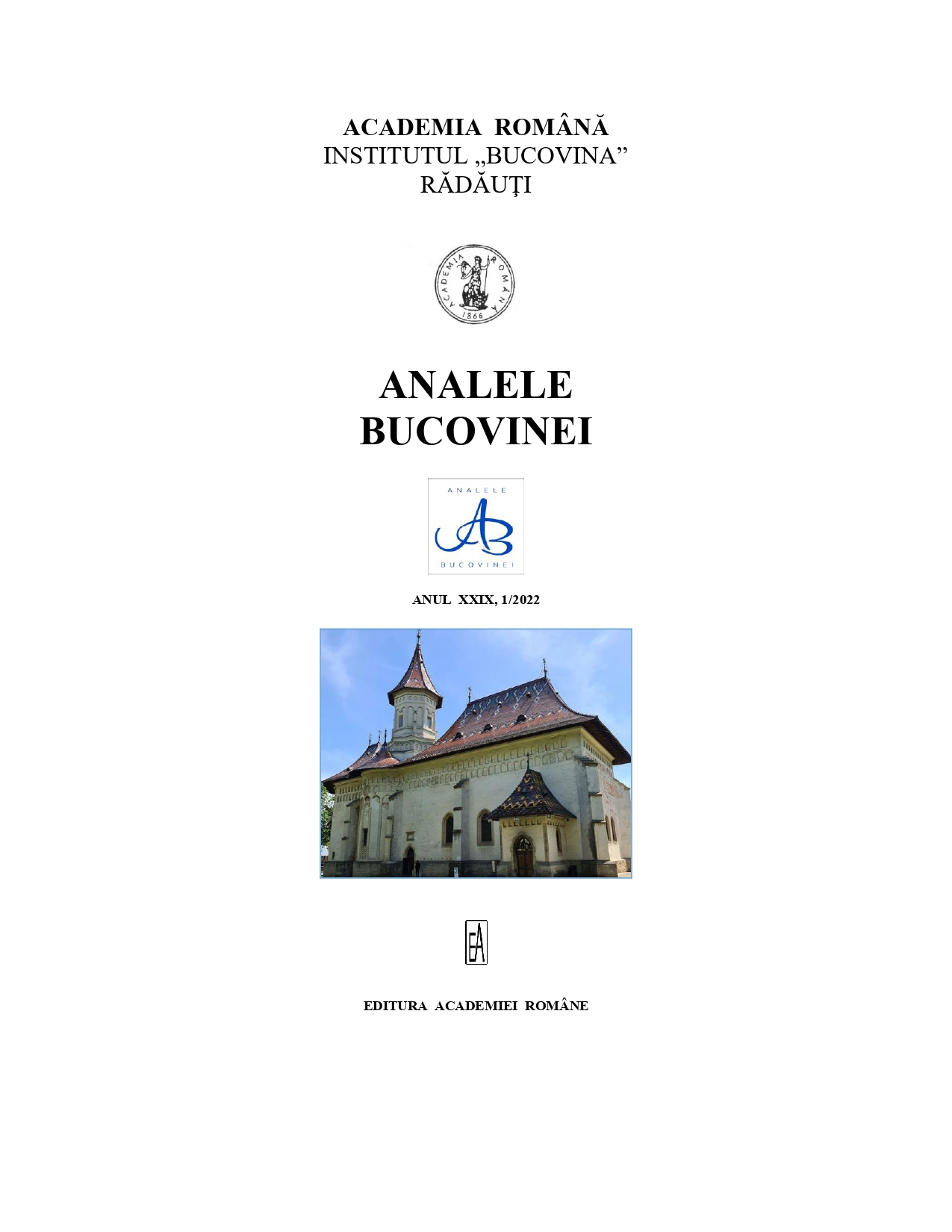
GHEORGHE GRIGOROVICI (1871–1950)
The following article is a chapter of a study elaborated in 2018, “The Romanian National Council in Chernivtsi and its Role in the Formation of the Romanian Administration of Bukovina. Contributions to a Monographic Study”. It is a plea for the need for a monographic study dedicated to the problem formulated in the title itself, from the perspective of a “great European problem”, which would also aim at solving the “Bukovina issue” “within the Romanian identity”. Our contribution in this regard is organically connected to the yet “unclosed national file” in the historiography of the Great Union, regarded as “a cardinal theme of the Romanian historical discourse”, by approaching the imperative of “conducting investigations” in other neighboring research areas, such as the social elites, the collective mentalities, the rural and suburban communities, as well as those built around provincial markets etc. Structurally the study focuses on some main problems brought to the debate of the civil society in Bukovina in 1918: 1) The organization of the Romanian administration of Bukovina – a “European problem”, conceived “within the invigora-ting Romanian identity”; 2) Gheorghe Grigorovici (1871–1950): “New days are about to come, open the door in time, so that it will not be broken[!]”; 3) Radu I. Sbiera (1876–1946): “Let’s put not only the mind, but also the heart to work!”. Each of the three sections of the study is followed by an annex, comprising documents which are for the first time approached from a philological perspective. All these are richly illustrated, with reproductions of watercolors, various vintage illustrations and photographs, some of which are unpublished in our historiographical works. Some reproductions of artistic works – watercolors, lithographs, serial postcards, as well as some photographs taken in workshops and photographic studios from the late nineteenth and early twentieth centuries, known or less known to a wider audience – outline through their intimate and profound message in relation to the documents (re)brought into debate a bright period in the European and national history: la Belle Époque (1871–1914). The purpose of our annexes is, at the same time, to stimulate knowledge and to facilitate the understanding of some problems that the newer generations, today, face in a period of confusion of values: how was the emergence of the generation from 1918 possible, what “expertise” had the personalities of this fortunate year of our contemporary history, what “recommended” them or what “qualified” their energetic options, what put them in the service of common national values, high feelings and ideals?
More...
